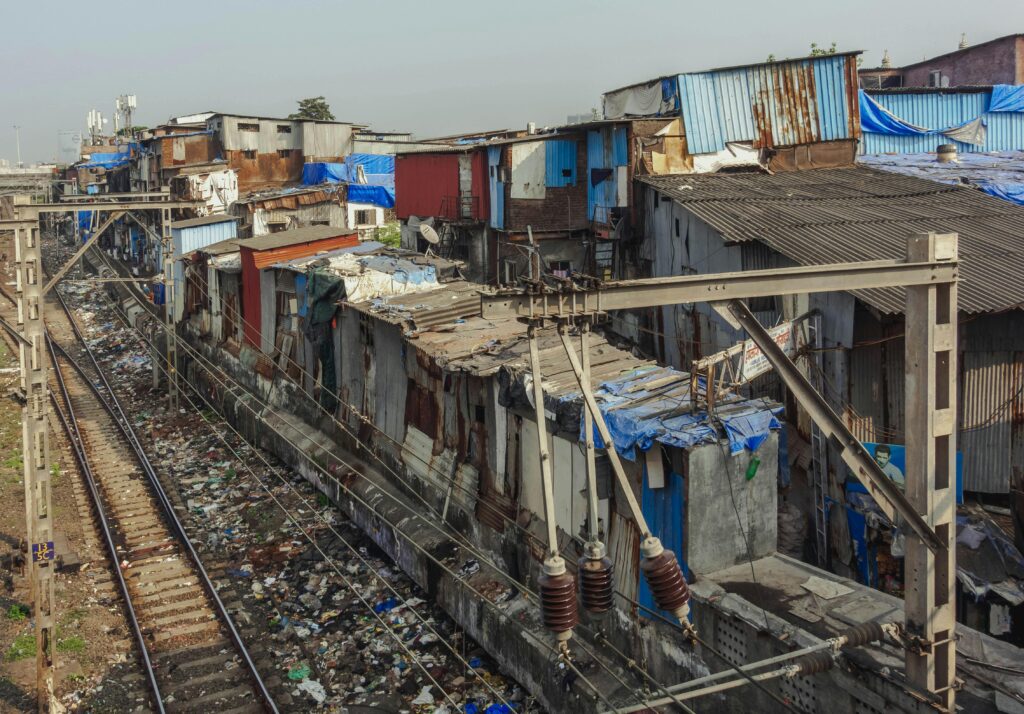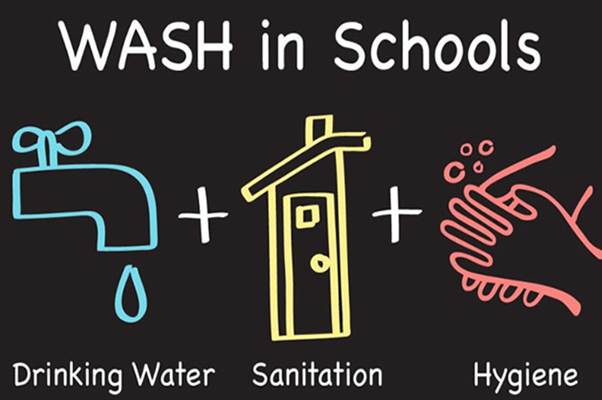Water is one of the most critical resources that sustains life, yet many urban areas are grappling with severe shortages due to increased demand, pollution, and inadequate infrastructure. Mega cities—urban centers with populations exceeding 10 million—are at the forefront of this challenge. From Mumbai to Mexico City, these bustling hubs are experiencing unprecedented pressures on their water systems.
In this article, we’ll discuss lessons from mega cities dealing with urban water crises, focusing on how they manage water resources, the pitfalls they face, and potential solutions for sustainability.
A Detailed Explanation of the Urban Water Crisis in Mega Cities
The urban water crisis is characterized by an imbalance between water demand and supply, worsened by rapid urbanization, climate change, pollution, and poor governance. As populations grow and cities expand, the challenge of providing clean and sufficient water becomes even more daunting. According to the United Nations, over 2.1 billion people worldwide lack access to safely managed drinking water, and this problem is magnified in urban environments, especially in mega cities.
Here’s everything else you need to know about how megacities around the world are grappling with the urban water crisis, along with potential strategies to avert disaster.
What Are Mega Cities and Why Are They Vulnerable to Water Crises?

Mega cities, typically defined as metropolitan areas with populations over 10 million, are growing at an explosive rate. This rapid expansion places a massive strain on existing infrastructure, including water supply systems.
Common factors that make mega cities vulnerable to water crises include:
- Population Density: High concentrations of people increase water demand beyond sustainable limits.
- Aging Infrastructure: Old and outdated water systems often leak, leading to significant water losses.
- Water Pollution: Industrial waste, sewage, and untreated effluents contaminate water sources, reducing the availability of clean water.
- Climate Change: Extreme weather events such as droughts and floods exacerbate water shortages.
Key Lessons from Mega Cities Facing Water Crisis
1. Mexico City: Sinking Under Its Own Weight
Mexico City is one of the largest cities in the world, but its water crisis is among the most severe. The city relies heavily on groundwater extraction, which is causing the city to sink by up to 50 centimeters annually. This has damaged infrastructure and increased flooding risks.
Lesson Learned: Over-extraction of groundwater without proper replenishment leads to subsidence and environmental degradation. Cities must manage groundwater resources more sustainably by enforcing stricter regulations and investing in recharge systems.
2. Cape Town: Day Zero and the Power of Conservation
In 2018, Cape Town came perilously close to becoming the world’s first major city to run out of water. Dubbed “Day Zero,” this crisis was averted by drastic water conservation efforts, which included strict rationing, public awareness campaigns, and innovative solutions such as using recycled water for irrigation.
Lesson Learned: Water conservation, public engagement, and sustainable use of non-potable water can significantly reduce demand and mitigate the effects of a crisis. Education on water-saving practices is key to ensuring long-term sustainability.
3. Mumbai: The Importance of Equitable Distribution
Mumbai’s water crisis is not just a matter of shortage but also of inequitable distribution. While affluent areas enjoy near-uninterrupted water supply, the city’s slum areas often go without access to clean water for days. This discrepancy highlights the stark inequality in water access.
Lesson Learned: Equitable distribution of water resources should be prioritized. Governments need to invest in systems that ensure all urban residents, particularly those in marginalized communities, have access to clean water.

4. Sao Paulo: Droughts and the Need for Resilient Infrastructure
In 2014, Sao Paulo experienced a severe drought that left its reservoirs nearly empty. The crisis was exacerbated by water infrastructure that could not cope with the strain of a changing climate.
Lesson Learned: Investing in resilient infrastructure that can withstand extreme climate conditions is essential. Mega cities must upgrade their systems to prevent future water crises.
5. Beijing: The Role of Reclaimed Water
Beijing has turned to reclaimed water to address its water scarcity problems. By treating wastewater and recycling it for industrial and agricultural use, the city has reduced its reliance on traditional water sources.
Lesson Learned: Innovation in water treatment and recycling can significantly reduce the pressure on natural water sources. Cities must embrace new technologies and invest in water reclamation facilities.
Governance: A Critical Component in Solving the Urban Water Crisis
Poor governance often exacerbates water crises in mega cities. Corruption, inadequate policies, and inefficient water management systems are common challenges. In many instances, water crises result from a failure of governance rather than just physical scarcity.
Effective governance requires:
- Transparency in water management to ensure accountability.
- Decentralized water management systems that allow local communities to participate in decision-making processes.
- Strong regulatory frameworks that prevent over-exploitation of water resources.
By strengthening governance structures, cities can ensure better water allocation and reduce wastage.
The Role of Technology and Innovation in Addressing the Crisis
Advanced technologies have the potential to revolutionize water management in mega cities. Innovations such as smart water meters, drones for pipeline inspection, and AI-powered predictive analytics can help detect leaks, monitor usage patterns, and improve water conservation efforts.
Moreover, desalination is becoming an increasingly viable option for cities with access to coastlines. Countries like Saudi Arabia and Australia have successfully employed large-scale desalination plants to convert seawater into potable water, providing a sustainable solution to water shortages.
Climate Change: The Elephant in the Room
Climate change is intensifying water shortages across the globe. Rising temperatures, unpredictable rainfall, and prolonged droughts are depleting water supplies at an alarming rate. For mega cities, the urban heat island effect only worsens these conditions, as higher temperatures increase evaporation from reservoirs and water bodies.
To combat the impacts of climate change, cities must adopt integrated water resource management (IWRM) strategies that account for environmental changes and focus on water conservation, resilience building, and sustainable urban planning.

Maji na Ufanisi’s Role in Tackling the Urban Water Crisis
As a key player in Kenya’s water sector, Maji na Ufanisi (MnU) has pioneered innovative solutions for improving water access and sanitation, especially in urban slums. MnU’s work focuses on promoting equitable water distribution in marginalized communities, building climate-resilient infrastructure, and empowering local organizations to manage water resources sustainably.
By strengthening community participation, MnU ensures that the most vulnerable populations have a voice in water management decisions, promoting transparency and accountability. The organization’s efforts align with global goals such as the Sustainable Development Goal 6—Clean Water and Sanitation for All.
Conclusion: Navigating the Future of Urban Water Security
Mega cities across the globe are facing water crisis that require immediate action. From better governance to innovative technologies and public participation, there are lessons to be learned from the world’s largest urban areas. As the climate continues to change and populations rise, cities must adapt their water management practices to ensure a sustainable and secure future.
If cities fail to act, the urban water crisis will continue to worsen, potentially leading to severe social, economic, and environmental consequences. However, by taking a proactive approach, mega cities can navigate these challenges and build a more water-secure future for generations to come.
FAQS
1.What is the main cause of urban water crises in mega cities?
Rapid population growth, aging infrastructure, pollution, and climate change are the primary causes.
2.How does climate change impact water availability in cities?
Climate change causes more extreme weather, such as droughts and floods, which reduce water supplies.
3.What role does governance play in managing urban water resources?
Good governance ensures equitable distribution, proper regulation, and sustainable management of water resources.
4.How are cities like Beijing using reclaimed water to tackle water shortages?
Beijing recycled wastewater for industrial and agricultural use, reducing pressure on natural water sources.
5.What lessons can be learned from Cape Town’s water crisis?
Conservation, public engagement, and alternative water sources are key to mitigating water crises.
6.Can desalination solve the water problems of coastal mega cities?
Yes, desalination can help coastal cities by converting seawater into drinkable water.
7.How do megacities balance population growth and water demand?
Cities must invest in infrastructure, promote conservation, and explore alternative water sources to balance demand.
8.What are the most effective technologies for managing urban water systems?
Smart water meters, leak detection systems, AI-powered analytics, and desalination are effective technologies.
9.How does water inequality affect residents in mega cities like Mumbai?
Wealthier areas have reliable access to water, while poorer neighborhoods face shortages and lack of sanitation.
10.What role does Maji na Ufanisi play in addressing the water crises in urban Kenya?
Maji na Ufanisi focuses on equitable water distribution, building resilient infrastructure, and empowering communities.



